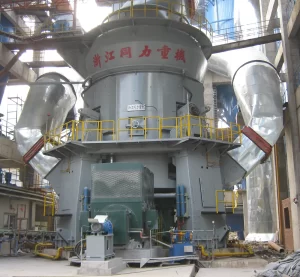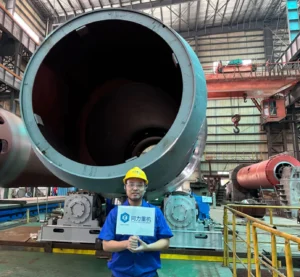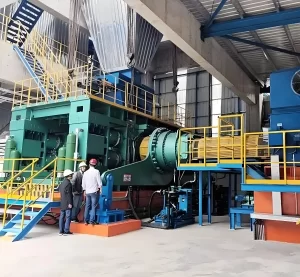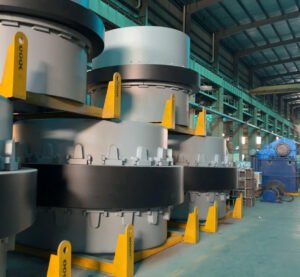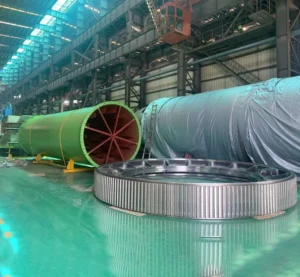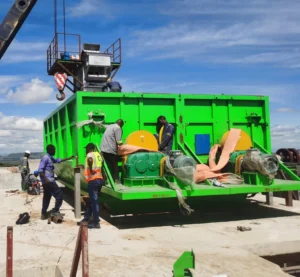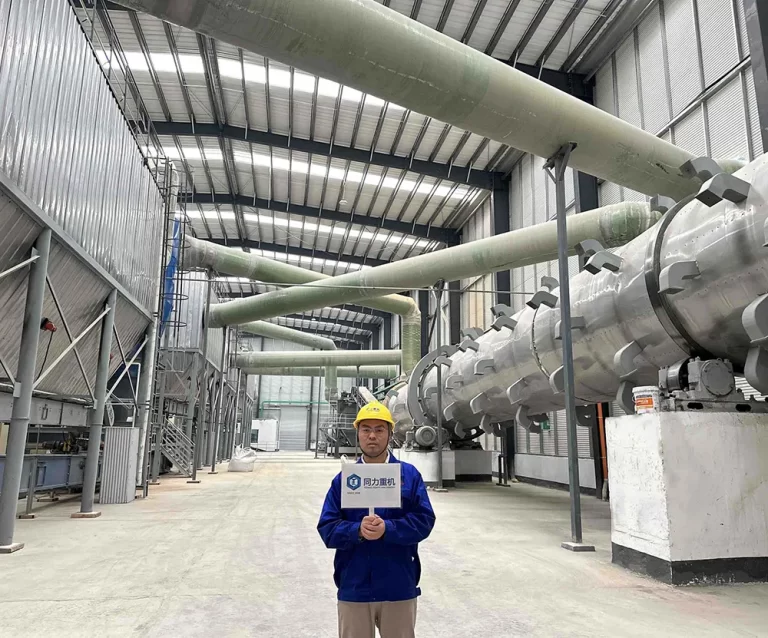
The 6 x 200,000-ton annual organic-inorganic compound fertilizer plant are located in Dodoma, Tanzania. The owner has abundant cow dung resources and wants to make use of them. At the same time, he wants to produce 15-15-15 and 18-18-18 inorganic fertilizers. Therefore, Tongli took these requirements into consideration when designing the layout. These 6 production lines can alternately produce organic fertilizers and auxiliary fertilizers or mixed fertilizers to maximize the use of local cow dung resources.
What are the design principles and process flow of this organic and inorganic fertilizer plant?
- High Capacity: When designing the production line, we first focus on high output. This is not only reflected in the number of finished products, but also in the pelletization rate and return rate of the pellets. In view of the organic cow dung used by customers, we have made technical optimizations in the structure of the granulator to adapt to the characteristics of cow dung, such as viscosity and looseness. Such changes ensure the overall efficiency and effectiveness of the production line.
- Compact layout: Secondly, we focus on the reasonable layout of the site. According to the customer's raw materials, we designed a complete process from organic matter turning to granule formation and then to the granulator. We provide customers with overall site planning to ensure that the fertilizer production line is as consistent as possible with the process flow. In addition, this is the first compound fertilizer plant in Africa to adopt a three-dimensional layout, in which the granulator and drum are located on the second-floor platform. This design not only saves floor space, but also improves the rationality of the overall layout.
- Dual-use drying system: The third consideration is drying capacity. Since organic fertilizers usually have a higher moisture content than inorganic fertilizers, it is a challenge to design an efficient drying system to meet the needs of both organic fertilizers and NPK inorganic fertilizers. If the temperature is too high, the organic matter will volatilize, resulting in loss of nutrients. Therefore, we designed two independent drying systems: one dedicated to drying organic matter and the other for drying inorganic fertilizers. In this way, the drying needs of both fertilizers can be taken into account.
Main Equipment parameter table:
| Equipment Name | Specifications | Power |
| Drum Granulator | φ2.8 × 8m | 45 kW |
| Dryer | φ3.2m × 30m | 250-300 kW |
| Cooler | φ3.0m × 30m | 250-300 kW |
| Drum Screen | 2.2 × 6m | 25 kW |
| Coating Machine | 2.5 × 8m | 45 kW |

